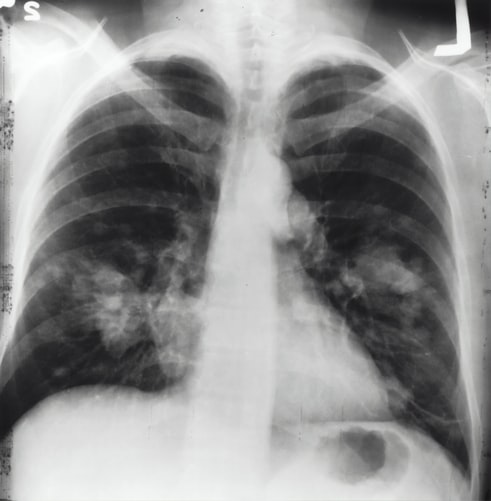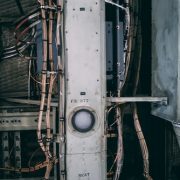Aircraft mechanics have long been known for the role they play in maintaining the military and commercial airplanes of the United States.
An aircraft mechanic has been certified through the Federal Aviation Administration, which allows them to repair, adjust, diagnose and overhaul the aircraft engines and the assemblies. The tasks set before them include changing the brake pads, working with the electrical components, switching out aircraft batteries and changing the oil. It’s a big job.
What Do They Do?
Usually, an aircraft mechanic will work in the hangars, the airfields or the repair stations. It can be a stressful job because they have to meet the strictest deadlines so that flight schedules can remain on time. Your average aircraft mechanic will work full time, and he will work weekends and overtime as well.

While these aircraft mechanics play an essential role in the safety of everyone, they sometimes face a unique set of dangers. For example, the aircraft produced from the 1930s to the 1970s were all at risk for having toxic asbestos exposure because they used it to aid in your protection of heat and fire.

Unfortunately, the long-term adverse health consequences have only recently been discovered. Today, aircraft mechanics don’t necessarily face a big risk of being exposed to asbestos-based products, but it could still be a concern when the aircraft had been manufactured prior to the 1980s. In these cases, it could have asbestos-related products in it.

The Locations and the Products
The mechanics who have been exposed to some of these products could be at a risk. Before the 1980s, you could find asbestos-based materials in several of the components of these airplanes.

Some of the examples of where it had been used include:
-
Brakes
-
Asbestos blankets
-
Cockpit heating system
-
Electrical insulation
-
Heat shields
-
Gaskets
-
Electrical wiring
Another way that mechanics would sometimes get exposed to the asbestos-based products was through the repairing of the planes. Before the 1980s, the planes would most likely have these contaminants, and some of the repair equipment a mechanic would use would have it as well. This would include some of the epoxies and adhesives, which they used as a type of structural glue.
Exposure in the Trade
Usually, exposure for an aircraft mechanic came as a direct result of them handling some of the different components during their routine maintenance and repairs. Because of how this mineral could resist heat and fire, it had become a popular choice in a variety of different fields. The greatest risk of exposure to an aircraft mechanic would usually come as a direct result of them working with the brakes because before the 1970s, they were almost always manufactured with asbestos-related materials.

The replacement of them will usually consist of a regular manipulation of them, which means they will be pulled back and forth. This is what exposed the aircraft workers to the asbestos-based fibers as it released into the air. One of the biggest problems with asbestos-related fibers is how the problem grows worse over time.

It’s extraordinarily difficult to get the fibers out of your lungs, and over time, it adds up and grows worse. It may not manifest itself for a decade or more, but eventually, one of the common illnesses that people will get is known as mesothelioma.
Scientific Research
Based on a study that took place in 2009, researchers looked at the level of asbestos-related exposures. What they found was how light aircraft brake replacement didn’t have the same alarming levels of asbestos-based particles. This indicates how a job that may have once been dangerous no longer poses the same level of risk that it used to have. That’s good news for the people who work in these jobs, but if they’re working on one of the older airplanes, they could still be exposed to the dangers.
Lawsuits
One case still pending is referred to as the Jenny Bowser case. She’s the wife of an aircraft mechanic who developed mesothelioma as a result. Jenny blames her husband’s death on the fact that he was exposed to asbestos-based products. She has chosen to sue Parker-Hannifin Corporation because of the aircraft brakes that probably exposed him to asbestos-based fibers. Bowser worked on three helicopters from 1965 to 1967, and this may have been where he was exposed to the hazardous contaminants.

If you or someone you love has developed cancer because of exposure to these types of contaminants, you may want to call a law firm that specializes in this field. Especially if there were no warning labels, you could have a strong case, and they can help you to get the compensation that you deserve.

